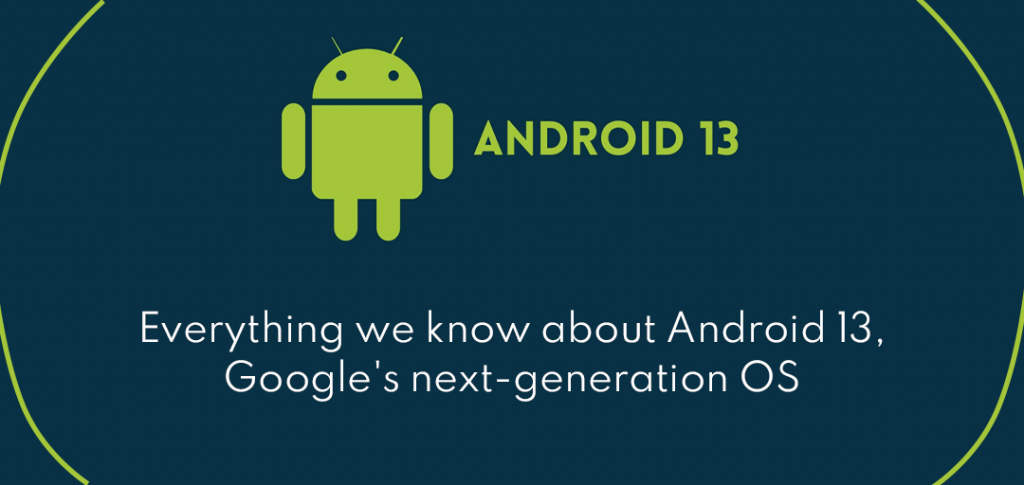Even though Android 12 seems like it was just introduced, the new operating system has yet to make its way onto the great majority of phones. However, Google’s development cycle necessitates a new Android version every year, and to guarantee it’s bug-free and applications are ready, the firm typically releases developer previews in February or March, followed by more fully-featured betas later in the year.
Given Android’s open-source nature and the large number of individuals working in the big project, we already know quite a bit about Android 13 well ahead of its official release date. This article will highlight some of the features we have discovered.
Tap-to-tap Transfer
Previously, Android Beam was a feature that enabled you to exchange links, files, and more between two phones by just tapping them together. It was superseded by Nearby Share, which uses Bluetooth and Wi-Fi Direct instead of NFC technology. But this tap-to-transfer mechanism is just too useful and straightforward to be forgotten, and it appears like Google wants to bring it back. As we previously reported, Android 13 will have a similar approach for sharing and playing media. It’s now codenamed “Media TTT” (tap to transfer), although Google is unlikely to advertise it under that moniker.
So far, we’ve only had access to a non-functional Google demo process demonstrating how you need to travel closer to a device to transfer or even play media, but it’s feasible that you’ll be able to use it to connect to future smart home gadgets, similar to Apple’s Home Pod. We don’t know which technology it will use, although NFC and UWB appear to be the front-runners.
QR Code Scanner
Most of us who are tech-savvy know that we can just aim our phones’ camera applications at any QR code to scan it, but it appears like Google wants to make this a little more evident for those who aren’t aware.
A QR code scanning fast settings tile and lock screen capability might be added to Android 13. We’re not clear if this will just be a shortcut to a special QR code-recognizing camera mode or if you’ll be able to aim your phone at a QR code while on the lock screen. In any event, with QR codes being so ubiquitous these days, anything that makes it easy to engage with them is likely a good thing.
Battery Measures
Android 12 introduces additional draconian battery-saving tactics, dubbed PhantomProcessKiller, that make it much tougher for apps to function in the background. While this helps to keep unscrupulous developers in check, it has unforeseen effects for apps like the Duplicate Contacts Cleaner, which must run numerous intensive processes in the background. Like the contacts remover, Android 13 may provide a toggle in developer settings that allows power users to turn off this precaution for edge scenarios.
In addition, Google is working on a new feature called “TARE,” which stands for “The Android Resource Economy.” It’s designed to keep track of how applications operate in the background and what activities they do, granting and deducting points from them to prevent them from scheduling duties in the future. Because this is still in beta, we’ll have to wait till Google releases appropriate documentation before we can fully comprehend how it works.
Bluetooth Low-Energy Audio
Android 13 might be the first Android version to provide fully-fleshed-out Bluetooth Low-Energy Audio compatibility. The standard is intended to replace regular Bluetooth audio streaming, and it offers a number of benefits, including lower energy consumption while maintaining audio quality, multi-stream support (which allows you to send signals to both of your earbuds at the same time or to multiple headphones/speakers at the same time), and full support for Google’s hearing aid protocol features.
Of course, devices must have the necessary hardware to support Bluetooth LE Audio streaming, but as new phones, tablets, headphones, and speakers are produced, this will only be a matter of time.
Lockscreen
Material Design is a new feature in Android 12. The community is divided about your design and all of the upcoming interface changes, with some yearning for a method to tone things down just a tad. This Android 13 tweak could be for you if you’re upset by the oversized clock that appears on your lock screen when you don’t have notifications on Pixel phones: Google looks to be working on a “Double-line clock” setting to disable the massive clock.
The inclusion of an account switcher to the lock screen (or, more particularly, to the keyguard where you input your PIN or pattern) is another possible modification. We can’t tell if this will be available across all form factors or just tablets, but it’s a welcome development. When checking in on shared devices, it will be much easy to switch to another user straight away.
Wrapping Up
We won’t have to wait long to see the next-gen OS in action, since Google normally publishes the first developer preview of new Android versions in February or March. However, we don’t anticipate the majority of the changes to be made public until May, when Google hosts its I/O developer conference. However, it’s almost reasonable to anticipate that we’ll have to deal with a lot more rumors, leaks, and hacks before that happen.

